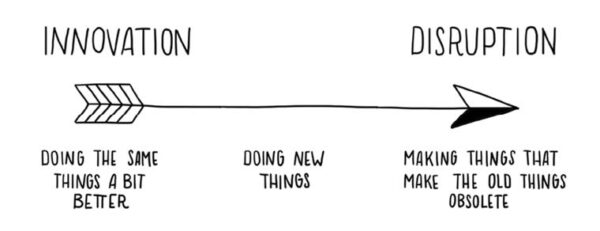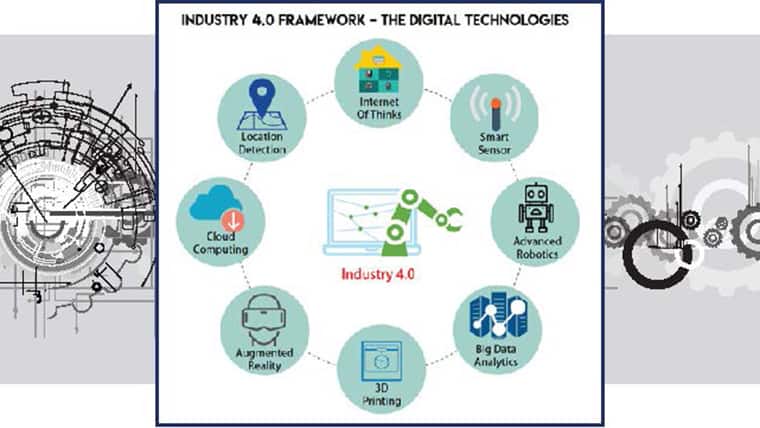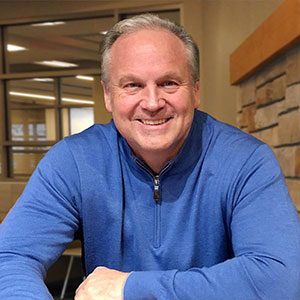Want to do some heavy thinking? Then try to predict how we in the architecture and engineering (A/E) industry will transform a national licensure protocol based on technologies from the second industrial revolution. I recently read “The Fourth Industrial Revolution,” written by the world-renowned economist Klaus Swab. The book discusses how, when it comes to smart technologies, the future is now—and we have a unique opportunity to shape our future to fundamentally alter how we work and live. Swab also suggests that all A/E firms will be technology firms within the next 10 years.
Whether you believe that or not, you have to admit that our world is changing rapidly—Artificial Intelligence (AI), automation, and the internet of things are just a few of the exciting technological concepts currently at play. We need to start thinking how we in the A/E industry are going to navigate this fourth industrial revolution in a manner consistent with our ethical obligations to protect the public.
I was fortunate enough to attend the Engineering Change Lab Summit last December, which also focused on the rapid changes brought forth by the fourth industrial revolution. You can view the full Summit 10 Report. The Change Lab brings innovative thinkers from both the private and public sectors together to discuss relevant issues affecting the future of our industry. Multiple topics were covered, including:
- Regulatory challenges. Participants looked at emerging technologies and licensure from the individual license holder’s perspective, and discussed the collective social responsibility of the profession.
- Licensing emerging disciplines and degrees. We evaluated new models for licensure that might need to be considered, and discussed what public protections need to be in place for both the individual licensee and licensure pertaining to emerging disciplines.
- Licensure models/innovations and disruptive transformations. We discussed the need for major changes in our current licensure models to account for the difficulty in regulating emerging technology. We also discussed the blurring lines between engineers, developers of technology, and the public.
At the Summit, Patty Mamola and Lance Kenney shared their visions of the future of licensing. They are both Executive Directors of their respective State Licensing Boards in Nevada and Texas, and they challenged the group to look at more transformational disruptions of the traditional models. They concentrated on the need to address accountability for errors or failures related to emerging technologies, individual vs. system ethics, who should be regulated, who should be licensed, and who should be doing the regulating and licensing. Solutions to these important issues will be pivotal in developing our future.

As emerging technologies are changing our industry at an extremely rapid pace, it becomes increasingly important to be prepared for a world driven more by automation and Big Data. The role of the engineer will be an evolution. With the advent of design modeling and AI, will the role of the designer be more synonymous with that of a programmer? How will our workforce look different than it does today? Maybe the software will become the engineer’s stamp? Should we license the developers of technology? Will the standard A/E industry business model change from selling professionals’ time to selling solutions? We need to ask the hard questions today so that we can be prepared for what the fourth industrial revolution has in store for us. I am excited to be a part of that conversation.



